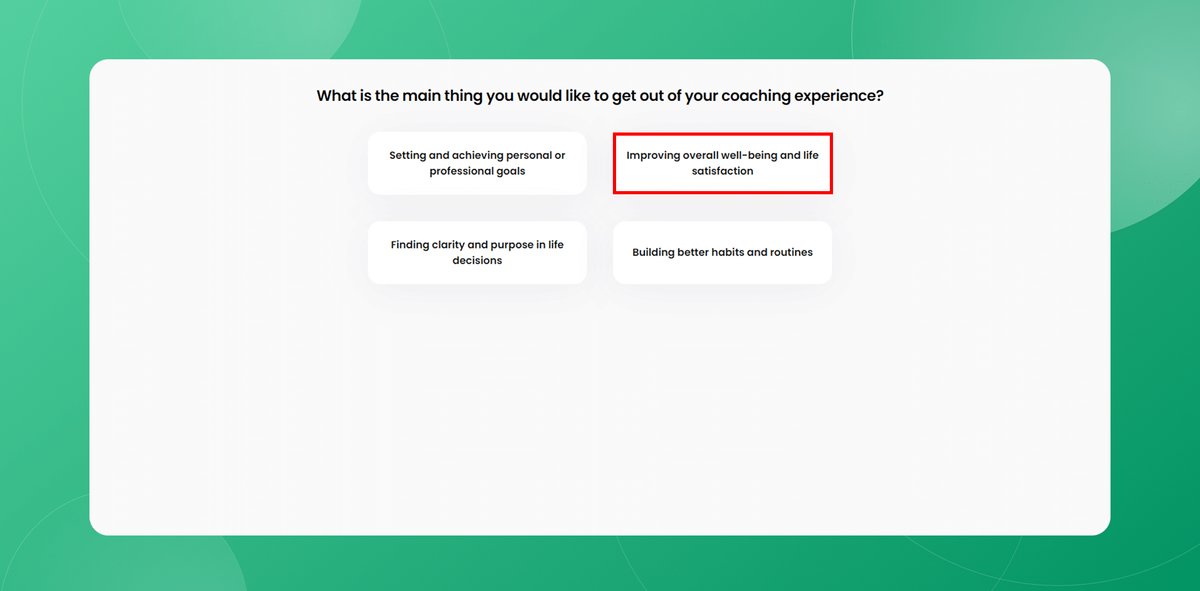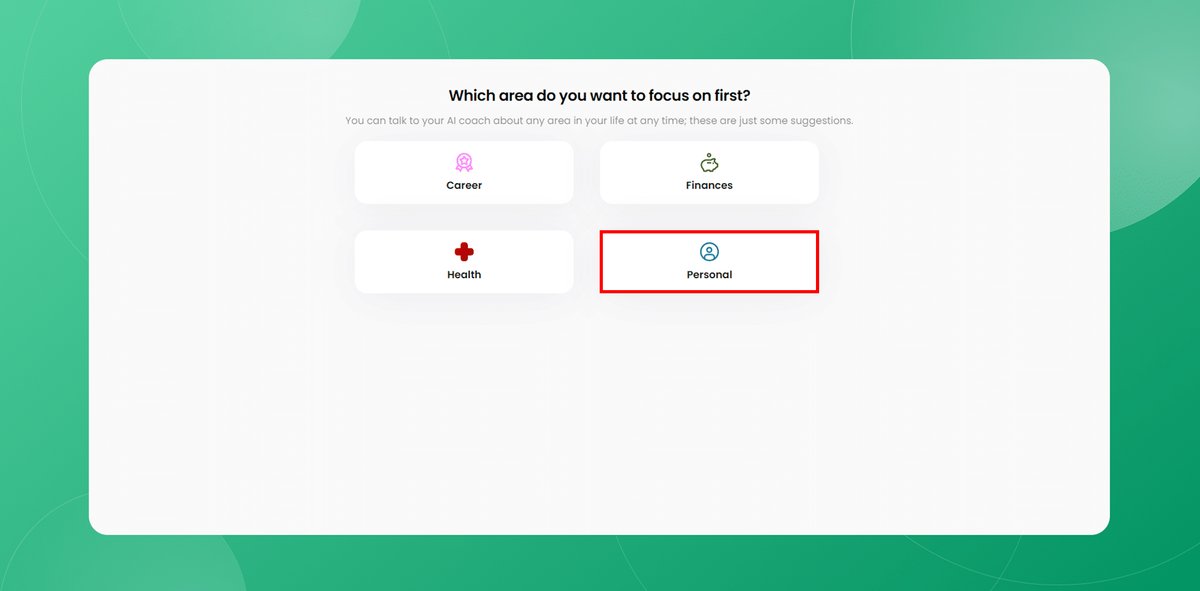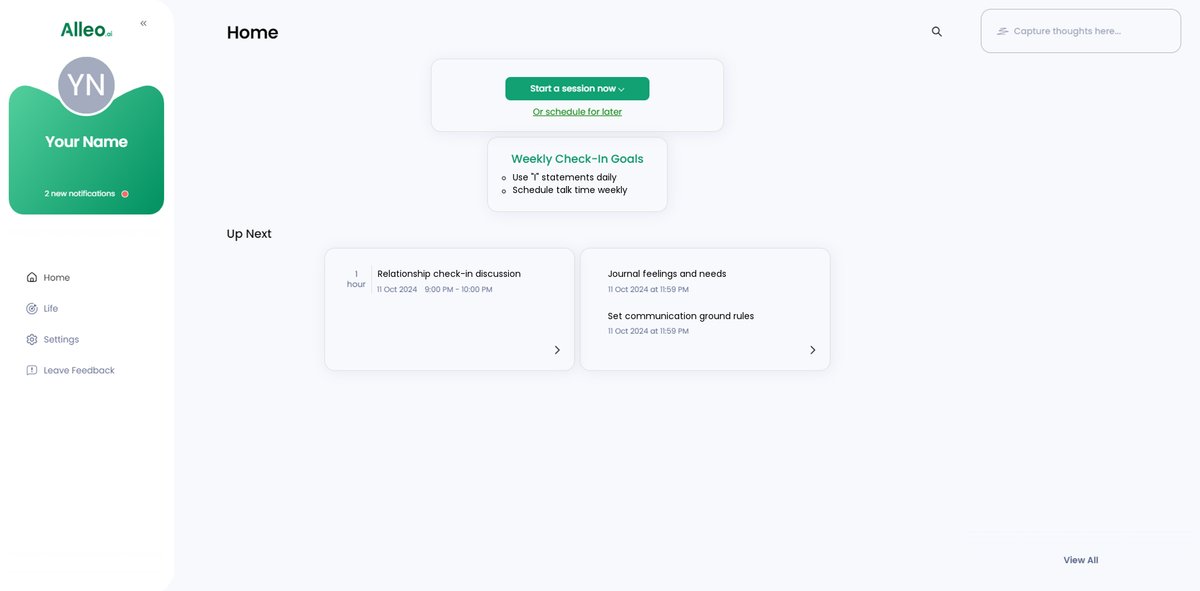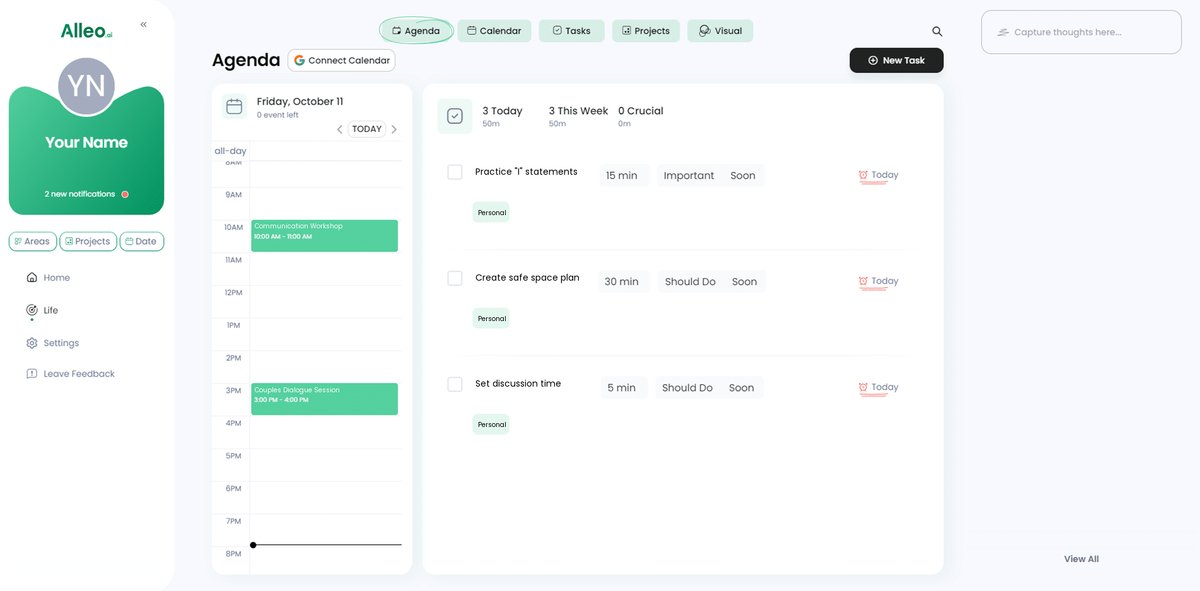How to Communicate Needs Without Triggering Defensiveness in Your Partner
Have you ever felt like expressing needs without partner defensiveness seems impossible? Many struggle with effective communication in relationships, often finding that voicing their needs only escalates conflicts.
As a life coach, I’ve helped many men navigate these tricky conversations. Often, the challenge lies in how we communicate our needs without making our partners defensive. Developing emotional intelligence in relationships is key to overcoming this hurdle.
In this article, you’ll discover specific strategies to express your needs effectively without conflict. From using “I” statements in relationship talks to creating a safe space for discussions, we’ll explore non-confrontational communication techniques. These assertiveness in partnerships skills will help you improve your active listening and empathy in intimate conversations.
Let’s dive into these constructive feedback and conflict resolution strategies for couples.

Diving Deeper into the Communication Breakdown
Effective communication in relationships is crucial, yet it can be the hardest part of a relationship. Many clients initially struggle with the emotional toll defensiveness takes when expressing needs without partner defensiveness.
When your partner becomes defensive, it can feel like you’re walking on eggshells, making it challenging to practice assertiveness in partnerships.
Imagine trying to express a simple need, only to be met with a wall of resistance. This scenario, which often lacks non-confrontational communication techniques, is all too common.
The frustration and hurt that follow can be overwhelming, highlighting the importance of emotional intelligence in relationships.
Defensiveness often stems from past experiences and perceived criticism. In my experience, people often find it challenging to break these patterns and develop active listening skills for couples.
Understanding these underlying causes is key to improving communication and expressing needs without conflict.
When communication breaks down, it can feel isolating. But with the right strategies, such as using “I” statements in relationship talks and practicing empathy in intimate conversations, you can turn things around.
Key Steps to Communicate Needs Without Triggering Defensiveness
Overcoming this challenge of expressing needs without partner defensiveness requires a few key steps. Here are the main areas to focus on to make progress in effective communication in relationships.
- Use “I” Statements to Express Feelings and Needs: Reframe statements from “You never…” to “I feel…” to practice assertiveness in partnerships.
- Choose the Right Time for Important Discussions: Identify stress-free times for discussions, improving non-confrontational communication techniques.
- Practice Active Listening Without Interrupting: Reflect back what your partner says to show understanding, enhancing active listening skills for couples.
- Validate Your Partner’s Emotions and Experiences: Acknowledge your partner’s feelings without judgment, demonstrating empathy in intimate conversations.
- Be Specific About Needs Without Accusation: Clearly state your needs in a straightforward manner, focusing on expressing needs without conflict.
- Create a Safe Space for Open Communication: Designate a comfortable and neutral space for discussions, fostering emotional intelligence in relationships.
- Approach Conversations with Patience and Curiosity: Ask open-ended questions to understand your partner’s perspective better, aiding in conflict resolution strategies for couples.
Let’s dive in to explore these techniques for expressing needs without partner defensiveness!
1: Use “I” statements to express feelings and needs
Using “I” statements can significantly reduce defensiveness in your partner and help convey your feelings and needs more effectively, which is crucial for expressing needs without partner defensiveness.
Actionable Steps:
- Reframe your statements: Instead of saying, “You never listen to me,” say, “I feel unheard when you don’t acknowledge my concerns.” This is a key non-confrontational communication technique.
- Practice with a friend: Role-play conversations using “I” statements to become comfortable with this approach, enhancing your assertiveness in partnerships.
- Journal your thoughts: Write down accusatory statements and rephrase them into “I” statements to gain clarity and improve your emotional intelligence in relationships.
Explanation:
These steps matter because they shift the focus from blame to personal experience, making it easier for your partner to listen without feeling attacked. This is essential for expressing needs without conflict.
According to Lissy Abrahams, using “I” statements helps in expressing needs without triggering defensiveness. This method enhances communication and understanding in relationships, promoting effective communication in relationships.
Implementing these strategies can pave the way for more productive and less confrontational discussions, improving your conflict resolution strategies for couples.

2: Choose the right time for important discussions
Timing plays a crucial role in ensuring that important discussions are constructive and not met with defensiveness when expressing needs without partner defensiveness.
Actionable Steps:
- Schedule stress-free times: Identify moments when both partners are relaxed to have discussions, promoting effective communication in relationships.
- Set regular check-ins: Establish a routine for discussing needs and concerns to avoid surprises, enhancing non-confrontational communication techniques.
- Use a shared calendar: Schedule discussions to ensure both partners are mentally prepared, supporting assertiveness in partnerships.
Explanation:
Choosing the right time for discussions can significantly reduce defensiveness. By scheduling talks during stress-free moments, you encourage more open and receptive communication, fostering emotional intelligence in relationships.
According to Heartfelt Counseling, creating safe spaces and times for discussion is crucial for effective communication. This approach fosters a collaborative and supportive environment, enhancing active listening skills for couples.
Taking these steps ensures that communication is both productive and respectful, paving the way for healthier relationship dynamics and expressing needs without conflict.

3: Practice active listening without interrupting
Active listening is crucial for understanding your partner’s perspective and reducing defensiveness when expressing needs without partner defensiveness.
Actionable Steps:
- Implement the “talking stick” method: Only the person holding the stick can speak, ensuring no interruptions and promoting effective communication in relationships.
- Reflect back what your partner says: Use phrases like, “What I hear you saying is…” to show understanding and practice empathy in intimate conversations.
- Attend a workshop on active listening skills: Enhance your abilities by learning from experts on non-confrontational communication techniques.
Explanation:
These steps matter because they foster a deeper connection and mutual understanding. Active listening ensures your partner feels heard and valued, reducing defensiveness and promoting assertiveness in partnerships.
According to Emily Whitish, creating a safe space for open communication is essential. This approach enhances empathy and strengthens your relationship, improving emotional intelligence in relationships.
Key benefits of active listening include:
- Improved mutual understanding
- Reduced conflict and misinterpretation
- Stronger emotional connection
Implementing these strategies can lead to more meaningful and productive conversations, helping in expressing needs without conflict.

4: Validate your partner’s emotions and experiences
Acknowledging your partner’s feelings is vital to reducing defensiveness and fostering a supportive environment when expressing needs without partner defensiveness.
Actionable Steps:
- Acknowledge their feelings: Say, “I understand this is important to you” to show empathy and practice active listening skills for couples.
- Use empathetic phrases: Express understanding with phrases like, “I can see how you might feel that way,” demonstrating emotional intelligence in relationships.
- Practice validation exercises: Role-play scenarios with a coach or therapist to enhance your validation skills and improve non-confrontational communication techniques.
Explanation:
These steps matter because they help your partner feel heard and understood, which can reduce defensiveness and contribute to effective communication in relationships.
According to Julie Menanno, validating emotions promotes healthier communication. Implementing these practices can lead to more meaningful and less confrontational discussions, allowing for expressing needs without conflict.
By validating your partner’s emotions, you create a foundation of trust and empathy, making it easier to navigate challenging conversations and apply constructive feedback for partners.

5: Be specific about needs without accusation
Clearly stating your needs without blame helps avoid defensiveness and fosters understanding, which is crucial for expressing needs without partner defensiveness.
Actionable Steps:
- Communicate clearly and directly: Instead of vague statements, specify exactly what you need. For example, say, “I need help with dinner prep on weekdays.” This is a key aspect of effective communication in relationships.
- Avoid absolute terms: Eliminate words like “always” or “never” to prevent your partner from feeling accused, promoting non-confrontational communication techniques.
- Share a list of needs: Write down your needs and share them with your partner during a calm moment, demonstrating assertiveness in partnerships.
Explanation:
These steps matter because they reduce misunderstandings and make it easier for your partner to respond positively, enhancing emotional intelligence in relationships.
According to Key Development Center, being specific and direct aids in effective communication.
This approach ensures your needs are understood and met without causing friction, which is essential for expressing needs without conflict.
By being clear and specific, you create a more supportive environment for open dialogue, improving active listening skills for couples.

6: Create a safe space for open communication
Creating a safe space for open communication is essential for fostering trust and expressing needs without partner defensiveness in your relationship.
Actionable Steps:
- Designate a neutral space: Choose a comfortable and neutral location for discussions to ensure both partners feel at ease when expressing needs without conflict.
- Establish ground rules: Agree on specific rules for respectful conversation, such as no interruptions and active listening skills for couples.
- Use relaxation techniques: Practice deep breathing or mindfulness exercises before starting discussions to reduce tension and enhance emotional intelligence in relationships.
Explanation:
These steps matter because they create an environment where both partners feel safe to express their feelings and needs without partner defensiveness. Establishing ground rules and practicing relaxation techniques can significantly reduce defensiveness and promote effective communication in relationships.
According to Heartfelt Counseling, creating safe spaces and times for discussion is crucial for effective communication. This approach fosters a collaborative and supportive environment, paving the way for healthier relationship dynamics and non-confrontational communication techniques.
Elements of a safe communication space include:
- Comfortable, neutral environment for expressing needs without partner defensiveness
- Agreed-upon ground rules for constructive feedback for partners
- Commitment to respect and empathy in intimate conversations
Taking these steps ensures your conversations are constructive and respectful, leading to more meaningful and productive discussions while improving assertiveness in partnerships.

7: Approach conversations with patience and curiosity
Approaching conversations with patience and curiosity helps create a non-threatening environment that encourages open dialogue, essential for expressing needs without partner defensiveness.
Actionable Steps:
- Practice mindfulness: Take a few deep breaths before discussing to stay calm and present, enhancing emotional intelligence in relationships.
- Ask open-ended questions: Use questions like, “Can you share more about how you feel?” to understand your partner’s perspective, employing active listening skills for couples.
- Take breaks if needed: Pause the conversation if it becomes too heated, and resume when both are calmer, a key aspect of conflict resolution strategies for couples.
Explanation:
These steps matter because they foster empathy and understanding, making your partner feel valued and heard, which is crucial for effective communication in relationships.
According to Emily Whitish, practicing patience and curiosity in conversations can significantly improve communication.
This approach encourages a collaborative atmosphere, reducing defensiveness and promoting healthy interactions, essential for expressing needs without conflict.
Benefits of a patient and curious approach:
- Deeper understanding of each other’s perspectives, enhancing empathy in intimate conversations
- Reduced tension and defensiveness, supporting non-confrontational communication techniques
- More productive and solution-oriented discussions, facilitating assertiveness in partnerships
By implementing these strategies, you pave the way for more constructive and meaningful discussions, improving your ability to express needs without partner defensiveness.

Transform Your Communication with Alleo
We’ve explored the challenges of expressing needs without triggering defensiveness in relationships. But did you know Alleo can make this journey easier, helping you master effective communication in relationships?
Alleo offers tailored coaching to improve your communication skills, including techniques for expressing needs without conflict. Setting up an account is simple and can help boost your emotional intelligence in relationships.
Create a personalized plan, and let Alleo’s AI coach guide you in developing assertiveness in partnerships. The coach provides full sessions on non-confrontational communication techniques and follows up on progress via text and push notifications, reinforcing active listening skills for couples.
Ready to get started for free and learn constructive feedback for partners? Let me show you how!
Step 1: Log In or Create Your Alleo Account
To begin your journey towards better communication, log in to your existing Alleo account or create a new one in just a few clicks.

Step 2: Choose Your Focus Area
Click on “Improving overall well-being and life satisfaction” to address the communication challenges discussed in the article and enhance your relationship skills, setting you on the path to more effective, defensiveness-free conversations with your partner.

Step 3: Select ‘Personal’ as Your Focus Area
Choose the ‘Personal’ life area to address communication challenges in your relationships, aligning with the strategies discussed for expressing needs without triggering defensiveness.

Step 4: Starting a Coaching Session
Begin your journey with Alleo by scheduling an intake session, where you’ll discuss your communication goals and create a personalized plan to improve your relationship dynamics.

Step 5: Viewing and Managing Goals After the Session
After your coaching session, check the Alleo app’s home page to review and manage the goals you discussed, helping you stay on track with improving your communication skills in your relationship.

Step 6: Adding events to your calendar or app
Use the calendar and task features in Alleo to schedule and track your communication practice sessions, helping you monitor your progress in expressing needs without triggering defensiveness.

Wrapping Up: Your Path to Better Communication
Navigating communication challenges and expressing needs without partner defensiveness can be tough, but it’s not impossible. Start small with the steps we’ve discussed for effective communication in relationships.
Remember, using “I” statements in relationship talks can make a big difference. Choose the right moments for important conversations, focusing on non-confrontational communication techniques.
Practice active listening skills for couples and validate your partner’s feelings. Be clear and specific about your needs, employing assertiveness in partnerships.
Creating a safe space and approaching conversations with patience can transform your relationship, enhancing emotional intelligence in relationships.
Give yourself grace and time to improve your conflict resolution strategies for couples.
And don’t forget, Alleo is here to support you on this journey of expressing needs without conflict.
Try it for free and see the change in your communication skills and empathy in intimate conversations.